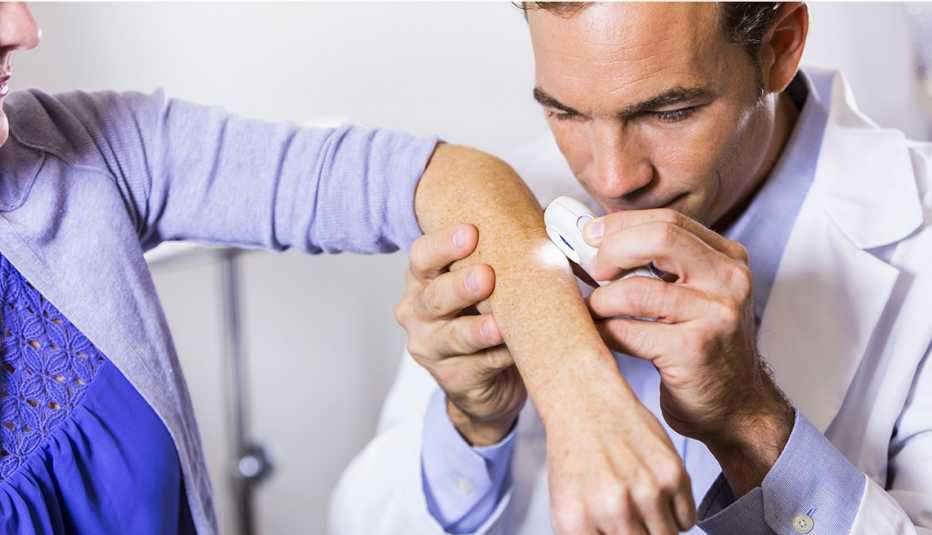AARP Hearing Center
Millions of people in the U.S. struggle with alopecia areata, an autoimmune disease that commonly results in patches of hair loss. But now they have cause for optimism.
The U.S. Food and Drug Administration (FDA) recently approved Olumiant (baricitinib), the first systemic drug to treat adults with severe alopecia areata. Olumiant works by blocking the activity of enzymes that contribute to inflammation and has proved to be effective in hair regrowth in clinical trials. This medical breakthrough is a beacon of hope for patients who’ve grown frustrated with a lack of answers.
“This is a wonderful new treatment option for people with more diffuse cases of alopecia areata who are otherwise healthy and are not on any other immunosuppressant medication,” says board-certified dermatologist and hair transplant surgeon Felicia Ekpo, D.O. “Baseline and regular lab monitoring by a physician comfortable [with] prescribing this medication is very important … due to the potential side effects.”
This milestone comes months after the Oscars incident that put Jada Pinkett Smith’s struggle with alopecia center stage. The actress has been candid about her hair loss in recent years, and her transparency is raising much-needed awareness about alopecia areata, which affects more than 300,000 people in the U.S. each year.
While there’s currently no cure for the condition, strides are being made toward improving patients’ lives. What’s more, the earlier it’s treated, the better the outcome. Here’s what you need to know.



































































